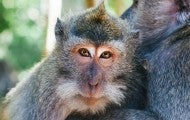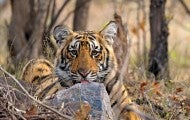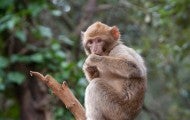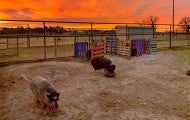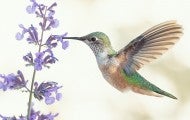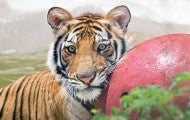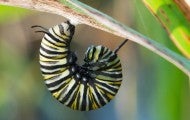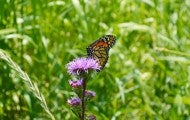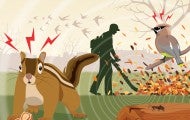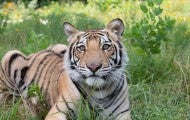At Black Beauty Ranch, titles like “caregiver” and “maintenance technician” don’t do the people who hold them justice, and they don’t capture the dozens of unique tasks the team carries out every day: figuring out how to get pine sap off a goat’s horn (rub it with peanut oil), learning how to “drag”...
The distant view from Kelly Brenner’s Seattle living room was enviable, a testament to the engineering marvels of modern human habitat. But much closer to home were sights even more spectacular than the Space Needle rising hundreds of feet in front of the Olympic Mountains. Against the backdrop of...
Nestled among honking geese, hooting primates, scurrying lizards and lowing cows, the Black Beauty Ranch pollinator garden is “a different kind of place,” says Master Gardener and volunteer Cynthia Holifield. Before Holifield began her work seven years ago, staff despaired of the barren space behind...
India leaps into his pool, pouncing on a purple plastic egg—his favorite toy, according to his caregivers. After a few minutes, the tiger ambles over to his watering tub. Instead of taking a drink, he plops in and closes his eyes in contentment. Although he’s young—roughly 10 months old on this June...
Contents How many animals are used in experiments each year? Which animals are used in experiments? What kinds of experiments are animals used in? What kinds of institutions use animals in experiments? Where do laboratories get the animals they use in experiments? What is life like for animals in...
Fading yellow leaves fall from tulip trees, settling as quietly as a whisper into piles of gold among the ferns. A catbird calls from a walnut branch, warning competitors away from the pokeberries. A flock of pine siskins descends to the pond, chattering softly as they sip. Young green frogs dive...
WASHINGTON—The U.S. House of Representatives just passed the Big Cat Public Safety Act (H.R. 263) by a vote of 278 to 134. The bill would prohibit keeping tigers, lions and other big cat species as pets, and ban direct public contact like cub petting. Sponsored and championed by Rep. Michael Quigley...
WASHINGTON—The U.S. Senate just passed the Big Cat Public Safety Act (H.R. 263, Senate companion bill S. 1210) by unanimous consent. This follows the bill’s passage by the U.S. House of Representatives on July 29. The legislation prohibits keeping tigers, lions and other big cat species as pets, and...


